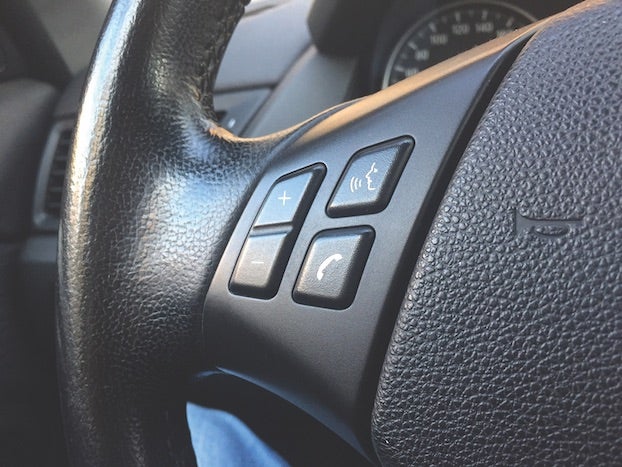The Informer: Air bags need a power supply to deploy
Published 5:09 am Saturday, February 4, 2023

- (Metro Creative Services)
If your gas/diesel-powered vehicle is stranded on the side of the road, and is rear-ended, will the air bag(s) deploy? Let’s assume an adult occupies each front seat. Must the ignition be on for the bags to deploy? What if the battery is dead? And for electric vehicles — let’s say the battery is completely discharged, and the car is rear-ended. Will the bag(s) deploy?
Modern vehicles come with electrical or electromechanical airbag systems that require a working power supply to be able to detect crashes and deploy airbags. If there’s no power — such as when the battery is disconnected or the car has been off for a while — airbags will not deploy.
It wasn’t always this way, though.
Some vehicles from the 1990s had purely mechanical airbags and these did not require a power supply to deploy, according to Tristan Beischel of Autoily.com. Instead, these mechanical airbags had one component that would get tripped by impact above a set threshold, and then it would proceed to trip more mechanical components in a chain reaction that would finally deploy the airbags.
Those mechanical airbag systems are less common now because they’re not precise enough.
In today’s vehicles, if the car has been turned off for a while, the airbags won’t deploy if it gets hit; however, if the car is stationary but the engine is running, then the airbags will go off if the car gets hit, Beischel said.
“As long as your car is running, the airbags have an active source of power and they’re primed to deploy if the sensors detect a collision,” he said.
Beischel did say, however, that air bags have a brief window after the power supply has been cut off where they have enough charge stored to successfully deploy if necessary. During this time, the power supply will steadily discharge until it depletes and the airbags can no longer go off.
The same is true for electric vehicles.
Sparrow population
Back in the ‘50s and ‘60s, every neighborhood had huge flocks of English sparrows. They were mostly considered a nuisance. Their population has declined dramatically, as I seldom see any now. What caused their decline?
More than half of United States birds are in decline — including the English sparrow — warns a newly released report by the North American Bird Conservation Initiative.
The 2022 U.S. State of the Birds report found that the Rufous Hummingbird, Greater Sage-Grouse, Pinyon Jay, and 67 other birds in the United States are teetering on the edge of disaster, having lost at least half of their populations in the past 50 years.
“Without further efforts to restore ecosystems under stress, the report paints a grim future for birds in a nation where climate-intensified natural disasters and human-caused habitat loss and degradation continue to worsen,” Audubon magazine writes.
The House Sparrow is perhaps the most adaptable and prolific bird species on the planet. Often called English Sparrow, it is native to Europe and has spread to all corners of the world. House Sparrows were introduced in Brooklyn in 1851. They expanded rapidly to become one of the most common species in the U.S. and Canada.
From 1995 to 2016, the proportion of Cornell Lab’s Project FeederWatch sites reporting House Sparrows declined by 7.5 percent and mean flock sizes declined by 22 percent. Latest estimates peg the population at 82 million individuals.
FeederWatchers record observations during the non-breeding season when House Sparrows gather in flocks. Reports from nearly 12,500 sites were used and cross-referenced with the National Land Cover database to determine whether the U.S. sightings came from rural or urban locations.
“When even a bird as common as the House Sparrow is experiencing population declines, this is probably a reflection on the state of the environment,” says explains FeederWatch lead author Liam Berigan. “In Europe, a lack of urban green space and nesting sites are threats. It’s likely some of those same factors are at work in North America and contribute to House Sparrow declines here.”
•
Informer is written by Crystal Stevenson, American Press executive editor. To ask a question, call 494-4098 and leave voice mail, or email informer@americanpress.com.





